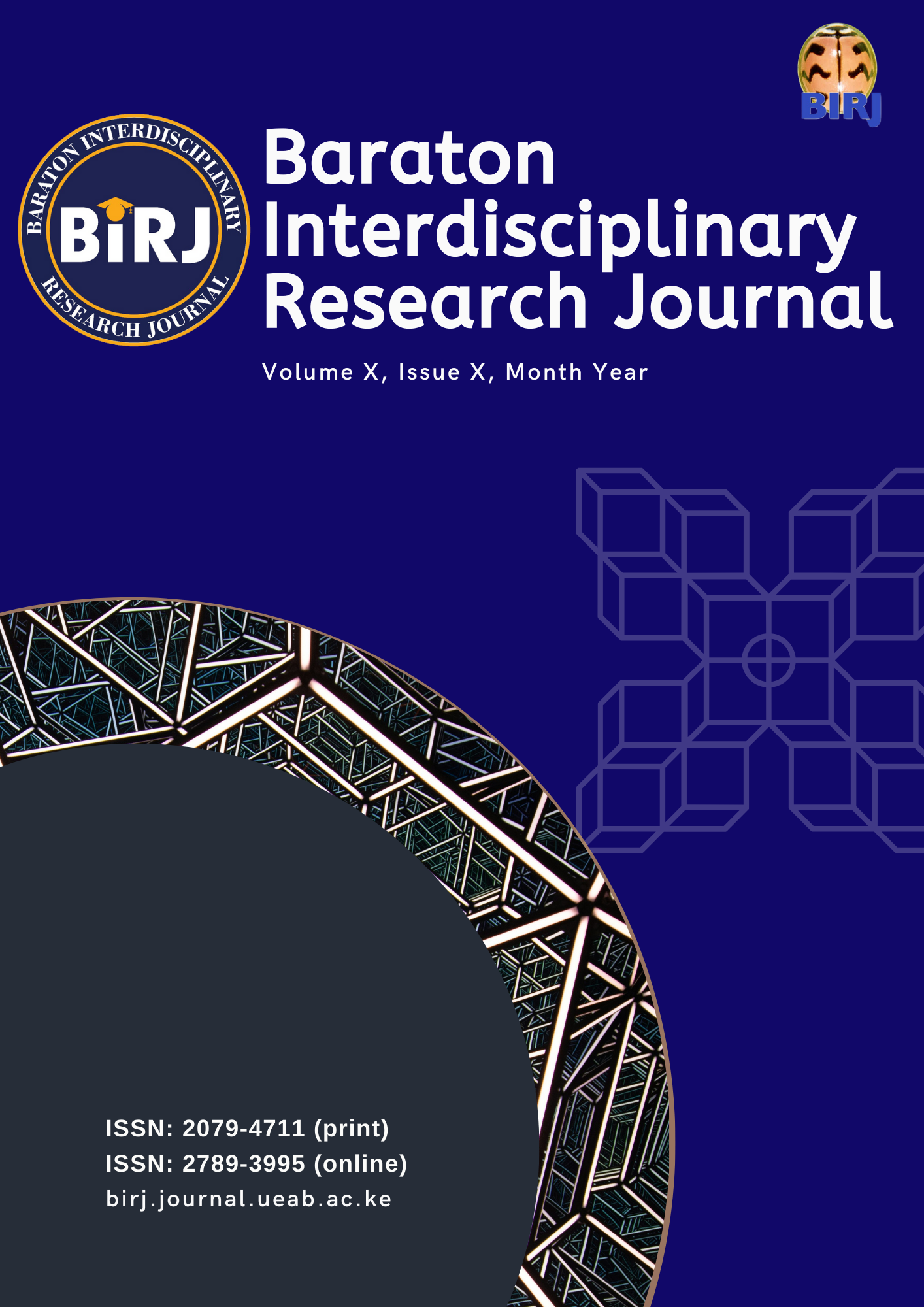THE INFLUENCE OF SITE AESTHETICS, EASE OF USE, PRIVACY/ AUTHENTICATION ON CUSTOMER LOYALTY, RETENTION, AND COMMITMENT TOWARDS E-BANKING WITHIN THE RWANDAN BANKING INDUSTRY
Keywords:
Banking; , E-Banking; RwandaAbstract
The transformation from traditional, bricks-and-mortar banking to E-banking has been momentous. The evo
lution of the E-banking industry can be traced early 1970s. Banks began to look at E-banking as a means to
replace some of their traditional branch functions. E-banking comprises various formats or technologies,
including telephone banking, direct bill payment, Internet banking, and mobile banking. This research project
aimed at unearthing the perceptual view of the respondents on the e-banking complexities (Ease of Access/Ac
cessibility, Inter-phase Design / aesthetics, Privacy/Risk/ Authentication) and how they affect the customer’s
loyalty, retention and commitment towards the usage of e-banking services. The study employed descriptive
and correlational research designs. A data set to test the proposed model came from self-constructed, validated
and self-administered survey of a sample of 250 retail-banking customers in three banks in Rwanda. The statis
tical result reveals that there exists a strong relationship between electronic banking complexities and customer
loyalty, retention, and commitment towards e-banking within the Rwandan banking. The male respondents
portrayed having experienced e-banking complexities in the usage of e-banking than females, while the female
respondents exemplify higher levels of loyalty, retention, and commitment than their male counterparts. Those
with higher educational levels were more comfortable with the usage of e- banking than those with low educa
tion level. The respondents with advance ages seemed not to portray perceived difficulty in the usage of e-bank
ing services than those of lower ages.
Downloads
Published
License
License Terms
All articles published in the Baraton Interdisciplinary Research Journal (BIRJ) are licensed under a Creative Commons Attribution-NonCommercial-ShareAlike 4.0 International License (CC BY-NC-SA 4.0).
This license permits users to share (copy and redistribute) and adapt (remix, transform, build upon) the material for non-commercial purposes, provided that proper attribution is given to the original authors, a link to the license is included, and any derivative works are distributed under the same license.
Full license details: https://creativecommons.org/licenses/by-nc-sa/4.0/

